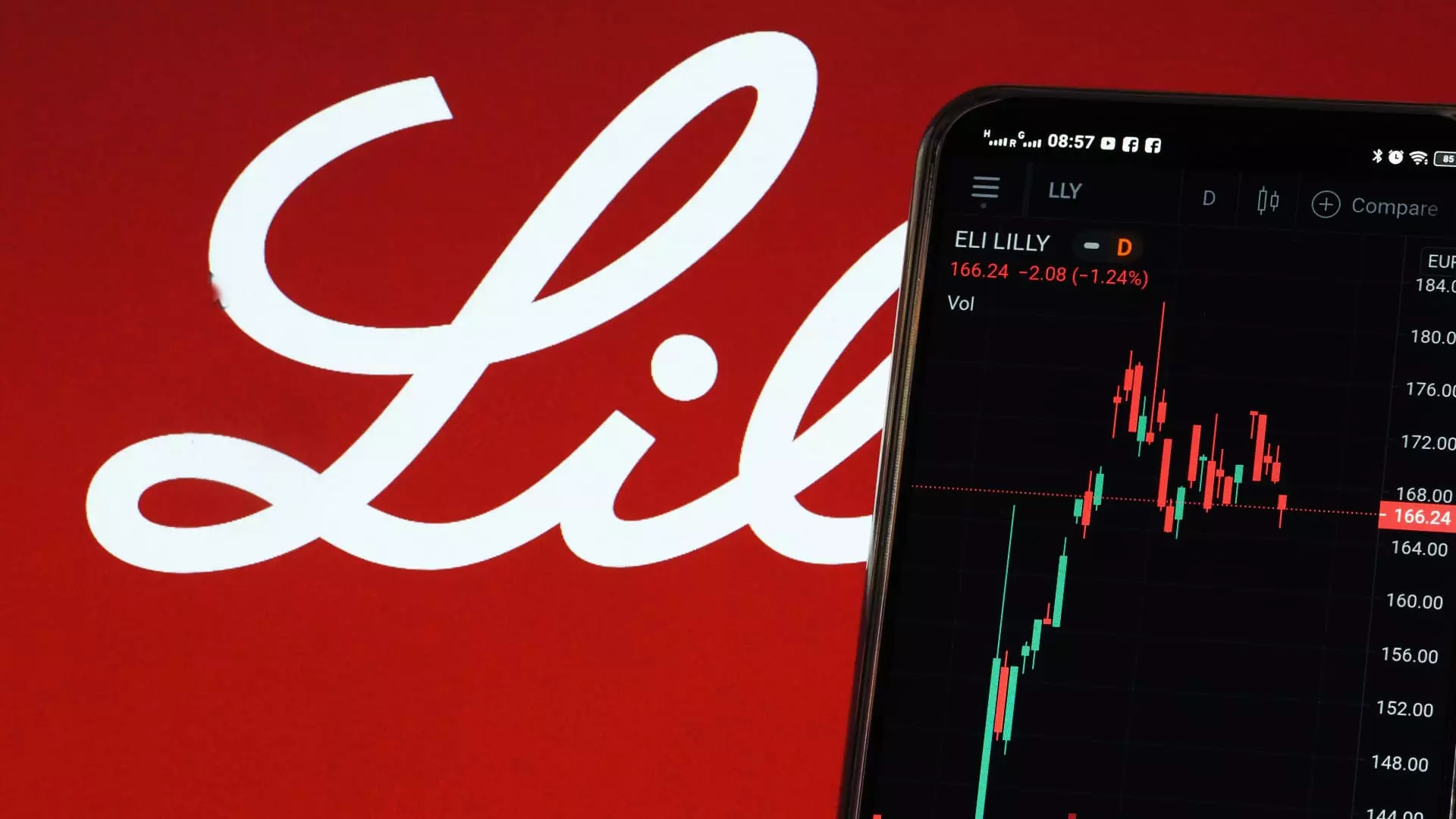The pharmaceutical and biotechnology industry is a dynamic landscape characterized by both immense opportunities and inherent risks. Recent evaluations from JPMorgan have shed light on select biopharma companies that are expected to see favorable growth in 2023, following a tumultuous year. This article delves into JPMorgan’s analysis, focusing on key players in the sector and exploring the emerging trends that may influence investor appetites.
Resilience and Performance Against Broader Indices
Despite the challenges faced by some companies, the US Large Cap Biopharma sector has managed to outperform the S&P 500 year-to-date. Analyst Chris Scott from JPMorgan highlights that while sector valuations remain close to all-time lows, interest in companies with solid fundamentals and anticipated product launches is pronounced. For instance, the Nasdaq Biotechnology Index has recorded a 6.5% increase this year, contrasting sharply with its performance in the previous year, where it fell by 3%. This rebound signals a cautious optimism for investors looking to capitalize on biotech stocks that display momentum and strategic clarity.
In 2022, numerous biopharma stocks exhibited a mixed performance profile. Eli Lilly emerged as a notable success story, particularly due to its weight-loss drug line that positioned the company favorably amidst market volatility. Conversely, competitors like Moderna and Pfizer experienced setbacks driven by declining vaccine demand, underscoring the divergent fortunes of companies within the sector.
Catalysts for Eli Lilly: Key Innovations and Market Strategies
JPMorgan’s top pick, Eli Lilly, is riding a wave of positive momentum, primarily due to its promising pipeline. The onset of 2023 has shown a significant uptick in both Mounjaro, a diabetes treatment, and Zepbound, aimed at obesity management. Scott projects that these products will achieve substantial growth as manufacturing capabilities expand and market access improves. A critical aspect of Lilly’s strategy is the anticipated mid-2026 launch of orforglipron, a potential game-changer that could create a significant catalyst for stock performance.
However, recent fourth-quarter financials reveal a mixed bag, with overall sales trailing expectations due to lower realized prices, despite increased demand for new therapies. The capability of these innovative products to gain traction in a competitive market will be vital not only for Eli Lilly’s growth but also for maintaining investor confidence.
Another company identified by JPMorgan is Bristol Myers Squibb, noted for its pipeline momentum and innovative treatments. Although the stock has faced some pressure following its fourth-quarter results—despite beating earnings and revenue expectations—analysts remain optimistic about its long-term growth potential. The minor dip in stock price, attributed to slightly disappointing fiscal guidance, should not overshadow the robust performance metrics achieved by the company’s core products.
Bristol’s strategic advancements in developing treatments for schizophrenia and Alzheimer’s, along with operational cost management initiatives, underscore its commitment to enhancing shareholder value. The potential success of its new products may position Bristol Myers to outperform expectations and expand its market presence in an increasingly competitive environment.
Gilead Sciences is another company that may attract attention based on its promising pipeline slated for 2025 and its effective management of recent quarterly results. The company’s focus on HIV therapies, combined with ongoing operational efficiency measures, positions it well to navigate industry challenges. Scott’s analysis suggests that Gilead’s continued innovation and strong product offerings will play a crucial role in achieving sustained growth.
While Regeneron and Merck are currently seen as underperformers, their long-term strategies could potentially shift investor perceptions if they successfully rejuvenate their product pipelines.
As we look ahead to 2023, the biopharmaceutical sector presents a blend of challenges and promising opportunities. Companies like Eli Lilly, Bristol Myers Squibb, and Gilead Sciences are under close scrutiny as they navigate a landscape marked by evolving consumer needs and global health trends. Investors must remain vigilant, assessing both the innovative capabilities of these firms and the broader economic conditions that could impact their performance. As the market stabilizes, potential for growth from these biopharma leaders remains on the horizon, driving investor interest deeper into the sector amid uncertainties.

